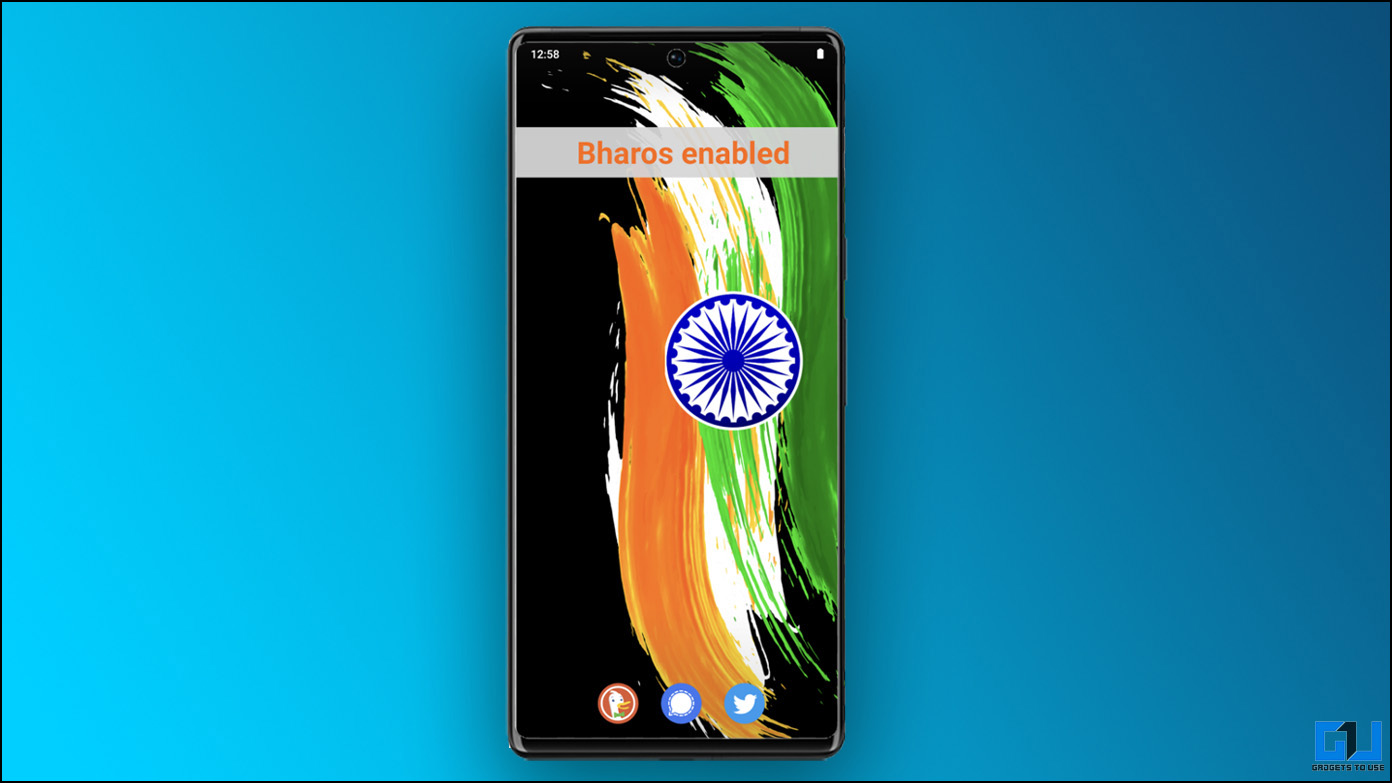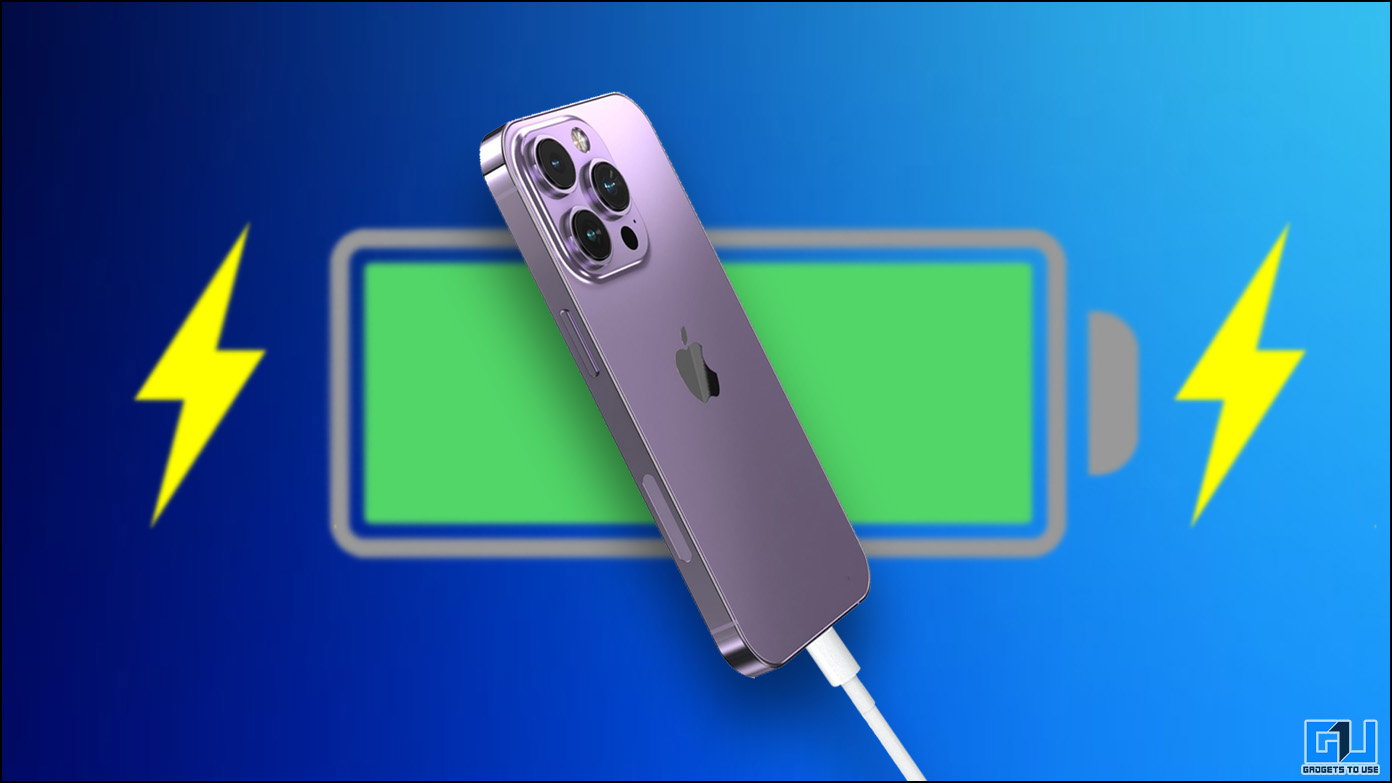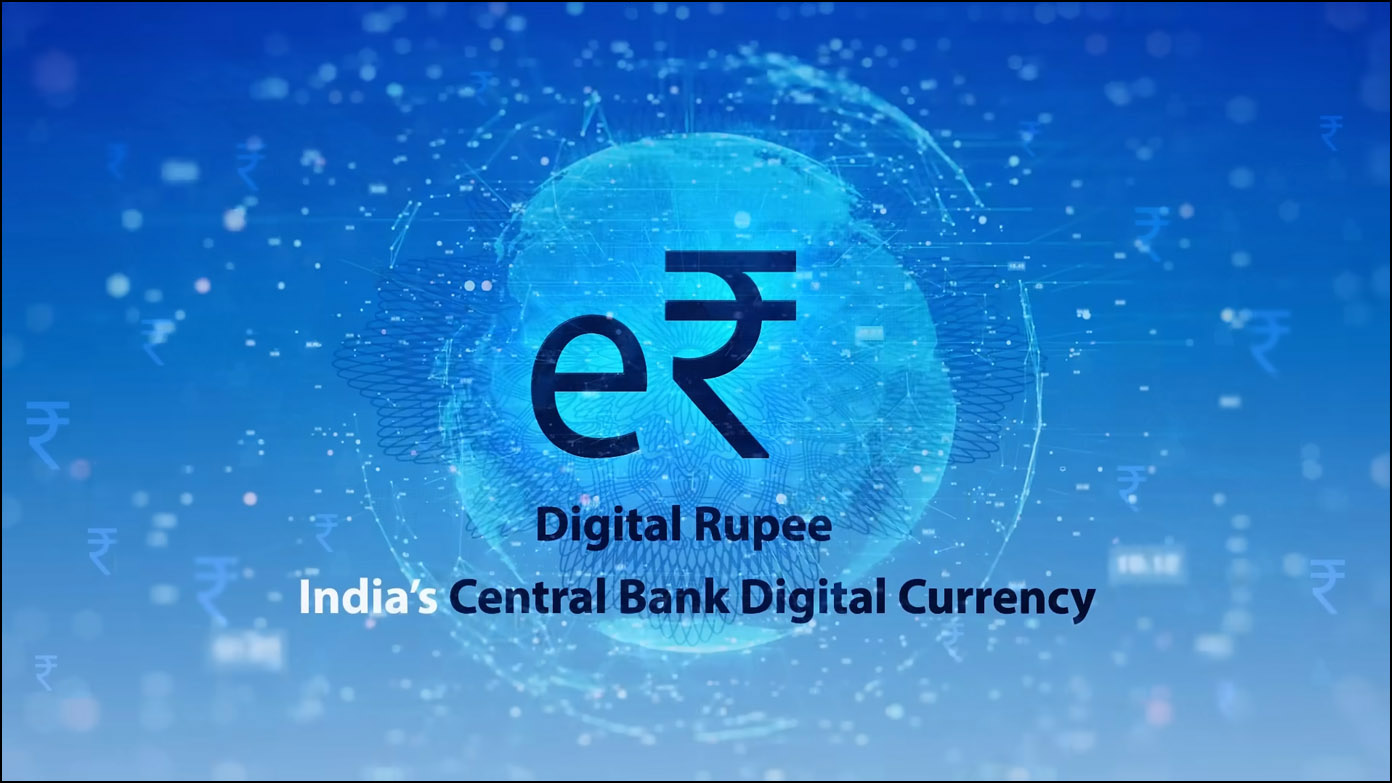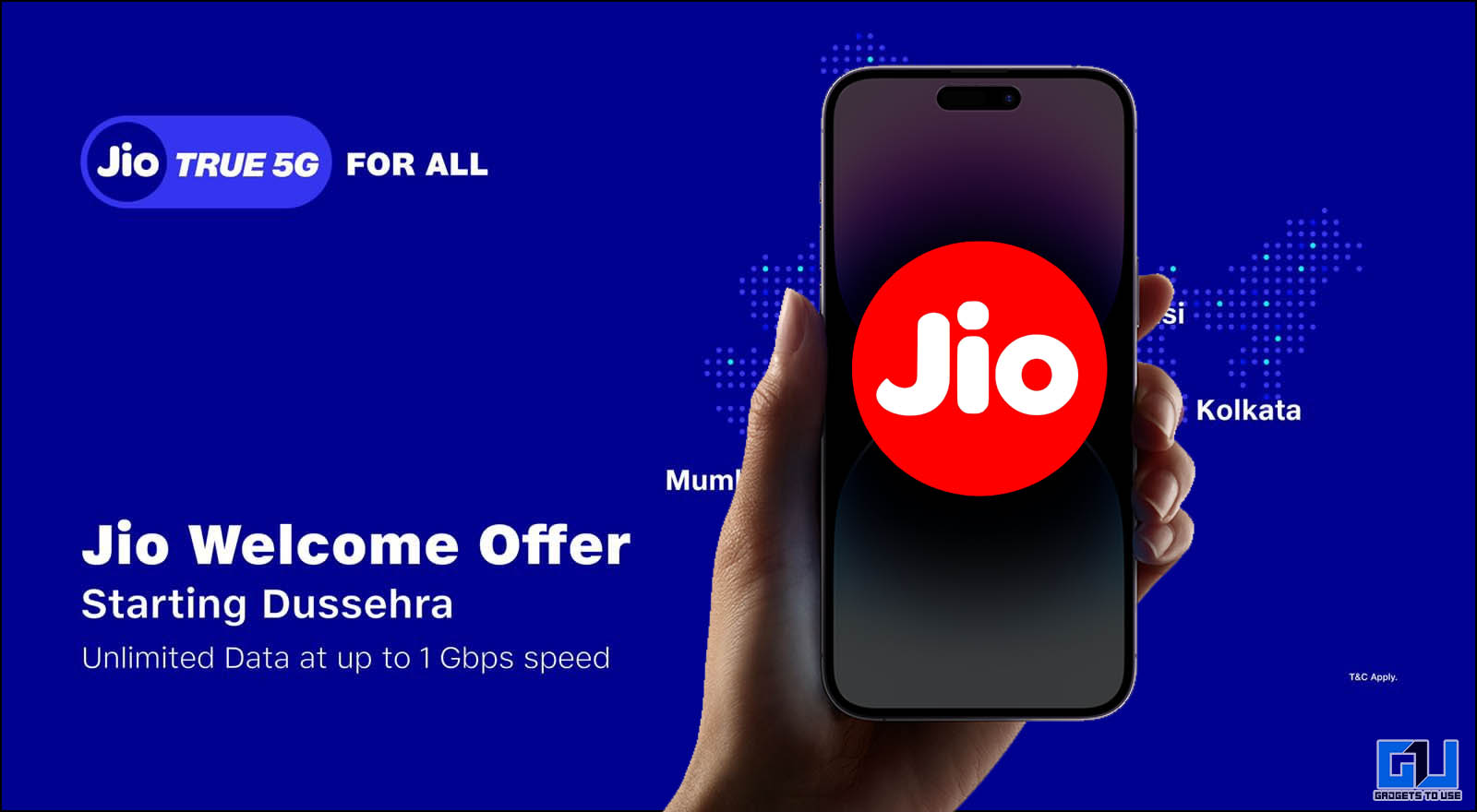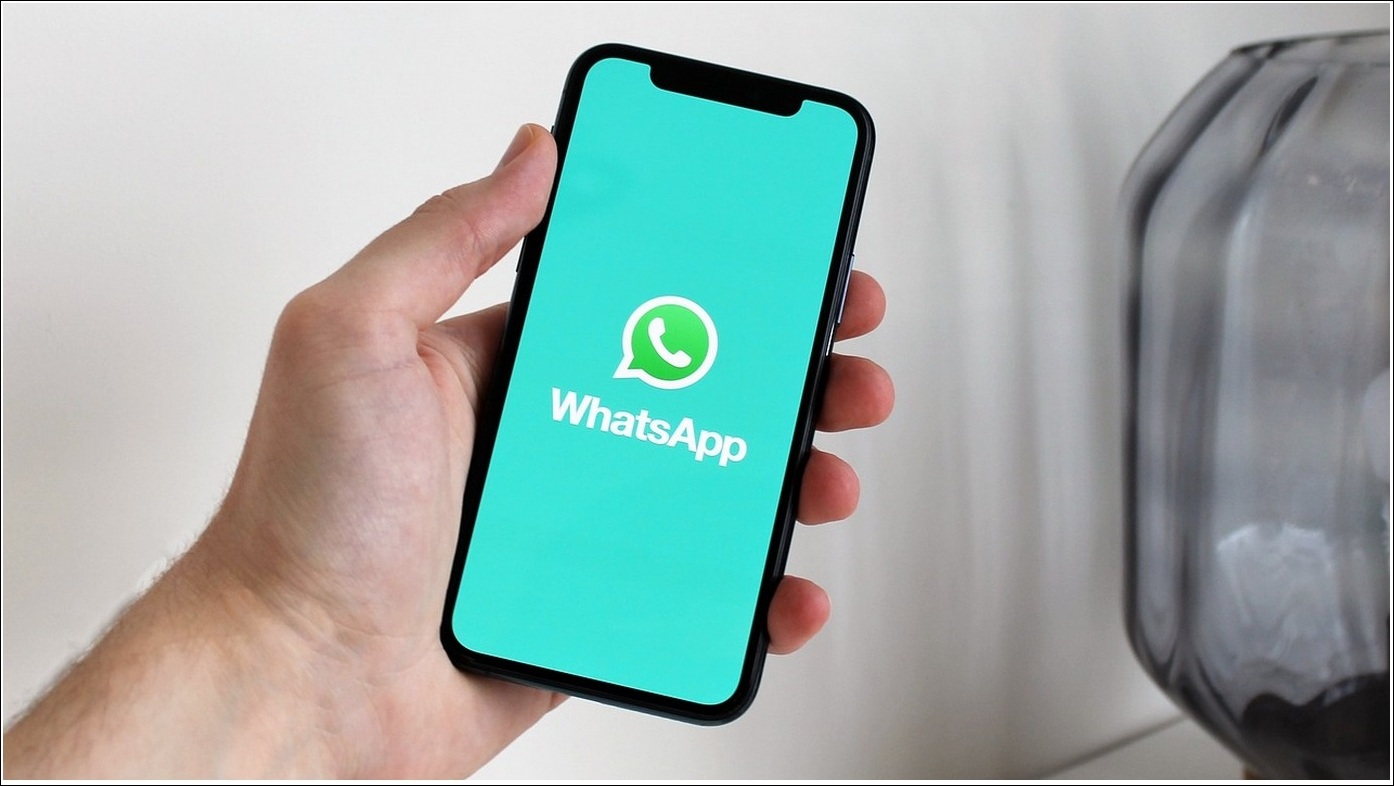Quick Answer
- It has a round shaped fingerprint sensor on the back with two antenna bands on the top and bottom.
- Question – Does it have a USB type C port.
- The phone is launched in two variants, the 2GB RAM / 16GB ROM variant is priced at CNY 899 (INR 9,000 approx), and the 3GB RAM / 64GB ROM variant is priced at CNY 1,199 (INR 12,000 approx).
After the success of Xiaomi Redmi Note 3, the company has rolled out the next phone in the Redmi Note series. Xiaomi has launched the Xiaomi Redmi Note 4 in China. The phone will be available in China from 26th of August through the Company’s official store.
The phone is launched in two variants, the 2GB RAM / 16GB ROM variant is priced at CNY 899 (INR 9,000 approx), and the 3GB RAM / 64GB ROM variant is priced at CNY 1,199 (INR 12,000 approx). Let us take a look at the Pros & Cons and Common Queries about the Xiaomi Redmi Note 4.
Pros
- Good & thin Design
- 5.5 inch FHD display
- 2.5 D curved Glass
- 2 Cortex A72 cores clocked at 2.1 Ghz
- MIUI 8
- 4100 mAh battery
- 32GB/64GB ROM
Cons
- No dedicated microSD slot
- Average camera
- Maximum 3GB RAM
Xiaomi Redmi Note 4 Specifications
[table id=630 /]
Question- How is the Design and Build Quality?
Answer – Xiaomi Redmi Note 4 has a Full metal body made from a single piece of high-quality aluminum with more uniform metal texture. It has a 5.5 inch display with a 2.5D arc glass on the top for soft and smooth feel. It has a round shaped fingerprint sensor on the back with two antenna bands on the top and bottom. The overall dimensions are 151 x 76 x 8.35 mm and it weighs around 175 grams.
Question – How is the Display Quality ?
Answer – It has a 5.5 inch 450nit screen with a screen resolution of 1920 x 1080 pixels, pixel density of 401PPI and 72% NTSC color gamut. It is equipped with more advanced display technologies like sun screen so that you can see the screen in outdoors, luminous screen for lower screen brightness that reduces eye irritation and eye pattern mode for comfortable reading.
Question – What is the hardware used inside?
Answer – Xiaomi Redmi Note 4 is powered with a 2.1GHz deca – core processor with Mediatek Helio X20 chipset. This is coupled with a 2GB/3GB RAM and 16GB/64GB internal storage.
Question- Which GPU is used in this handset?
Answer – Mali T880 MP4 700MHz
Question – What are the Camera Specifications?
Answer – It is equipped with a 13 megapixel rear camera with PDAF, 5p lens, color temperature flash, facial recognition and f/2.0 aperture. It features HDR mode, Panorama mode and Burst mode among others. On the front it has a 5 megapixel shooter with intelligent beauty mode, real time self-timer, facial recognition and f/2.0 aperture.
Question – Does it support Full-HD Video-Recording?
Answer – Yes, it supports 1080p / 720p video recording @ 30 FPS and 720p slow motion video recording @ 120 fps.
Question- How is the camera performance on Xiaomi Redmi Note 4?
Answer – Not tested yet.
Question – What are the battery specifications ?
Answer – Redmi Note 4 is backed by a 4100 mAh battery.
Question – Does it support Fast charging?
Answer – Most probably, not confirm.
Question – Will it come in more than one variants?
Answer – Redmi Note 4 is launched in two variants in China. One with 2 GB RAM and 16 GB internal storage, whereas the other with 3 GB RAM and 64 GB internal storage.
Question – When it will come to India?
Answer – Around October, November 2016.
Question- Does Xiaomi Redmi Note 4 Have Dual SIM Slots?
Answer – Yes
Question – Does it have a 3.5 MM audio jack?
Answer – Yes
Question –Does it have a IR Blaster?
Answer – Yes, it is on the top with 3.5 mm jack.
Question – Does it have a USB type C port?
Answer – No
Question- Does the Redmi Note 4 Have microSD Expansion option?
Answer – Yes, up to 128 GB.
Question – Does it have a dedicated microSD slot?
Answer – No, it has a hybrid slot.
Question- Does the Redmi Note 4 support Adaptive Brightness?
Answer – Yes
Question- Which OS version, type runs on the phone?
Answer – It runs on the Android 6.0 Marshmallow with the latest MIUI 8 on the top.
Question – Are navigation keys backlit?
Answer – No
Question – What are the connectivity options ?
Answer – Wi-Fi 802.11 b/g/n, Wifi Direct, Bluetooth v4.2, GPS, 3.5mm audio jack, micro USB v2.0, 2G, 3G and 4G VoLTE.
Question – What are the sensors on board?
Answer – Hall Sensor, Infrared, Gyro, Acceleration sensors, Proximity sensor and Ambient light sensor.
Question – What are the dimensions of the phone?
Answer – 151 x 76 x 8.35 mm.
Question- How much does Redmi Note 4 weigh?
Answer – Around 175 grams.
Question- Can you move apps to SD card on the Redmi Note 4?
Answer – Not sure.
Question- Does it have LED notification light?
Answer – Yes
Question- How is the Call quality?
Answer – Not tested yet.
Question- What Color Variants are Available for Redmi Note 4?
Answer – It is launched in three color variants in China namely Gold, Gray and Silver.
Question- Does it support VoLTE?
Answer – Yes
Question – How was the gaming performance?
Answer – Not tested yet.
Question- Does Redmi Note 4 have heating issues?
Answer – Not tested yet.
Question- Can the Redmi Note 4 be connected to a Bluetooth Headset?
Answer – Yes
Question- Mobile Hotspot Internet Sharing Supported?
Answer – Yes
Question- When the phone will be up for sale?
Answer- The phone will go on sale from tomorrow in China. But it might come to India around November this year.
Conclusion
While Xiaomi Redmi Note has already set a standard in the Indian market, the all new Redmi Note 4 also looks very promising in the first look. Redmi Note 4 (China) comes with a premium metallic design, good display size, FHD resolution, Android 6.0 Marshmallow with the latest MIUI 8, 2.1GHz deca – core processor, Mediatek Helio X20 chipset, 32GB/64GB internal memory, average RAM options, average camera, fingerprint sensor and 4G VoLTE support. Overall the phone looks good for carrying forward the Redmi Note series legacy, but in order to be as successful as Redmi Note 3, the company would have to go for aggressive pricing in India.
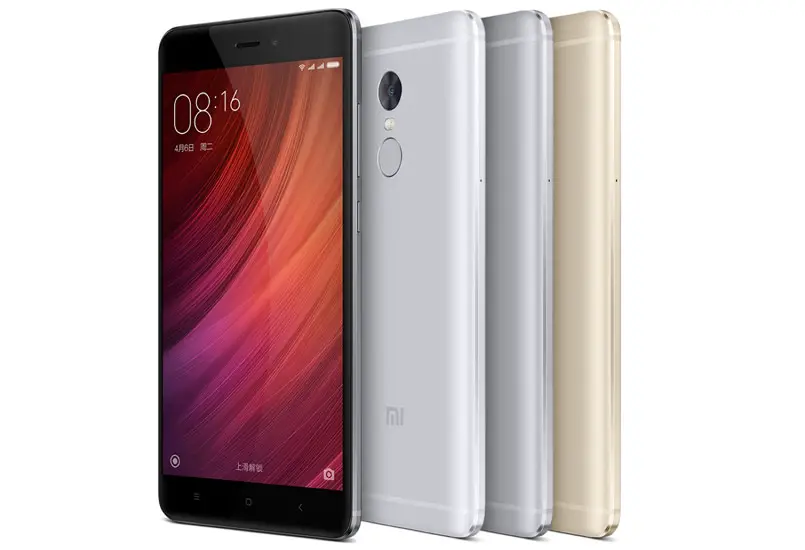

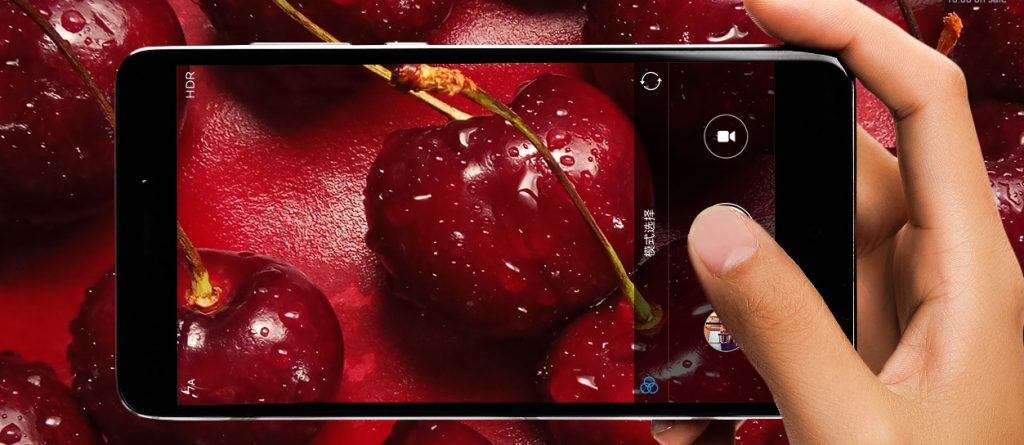



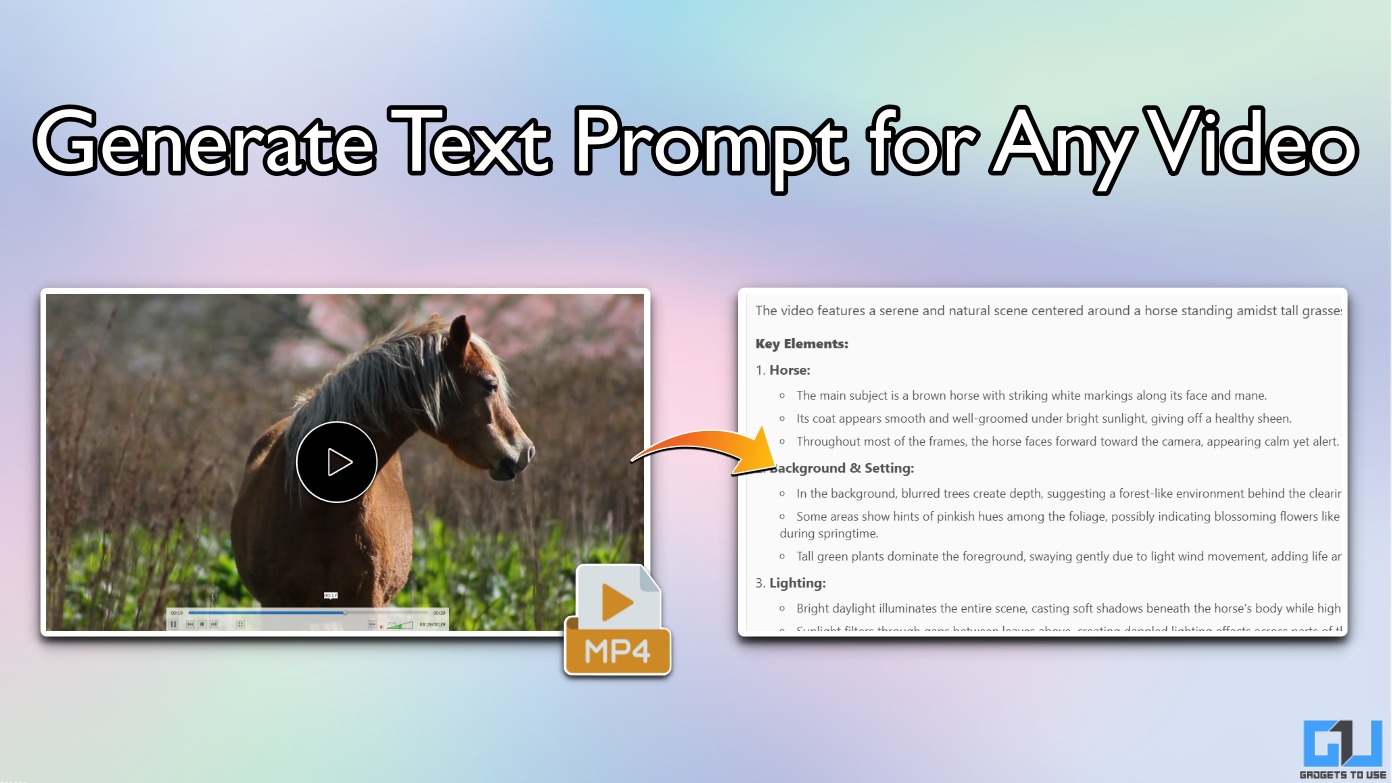
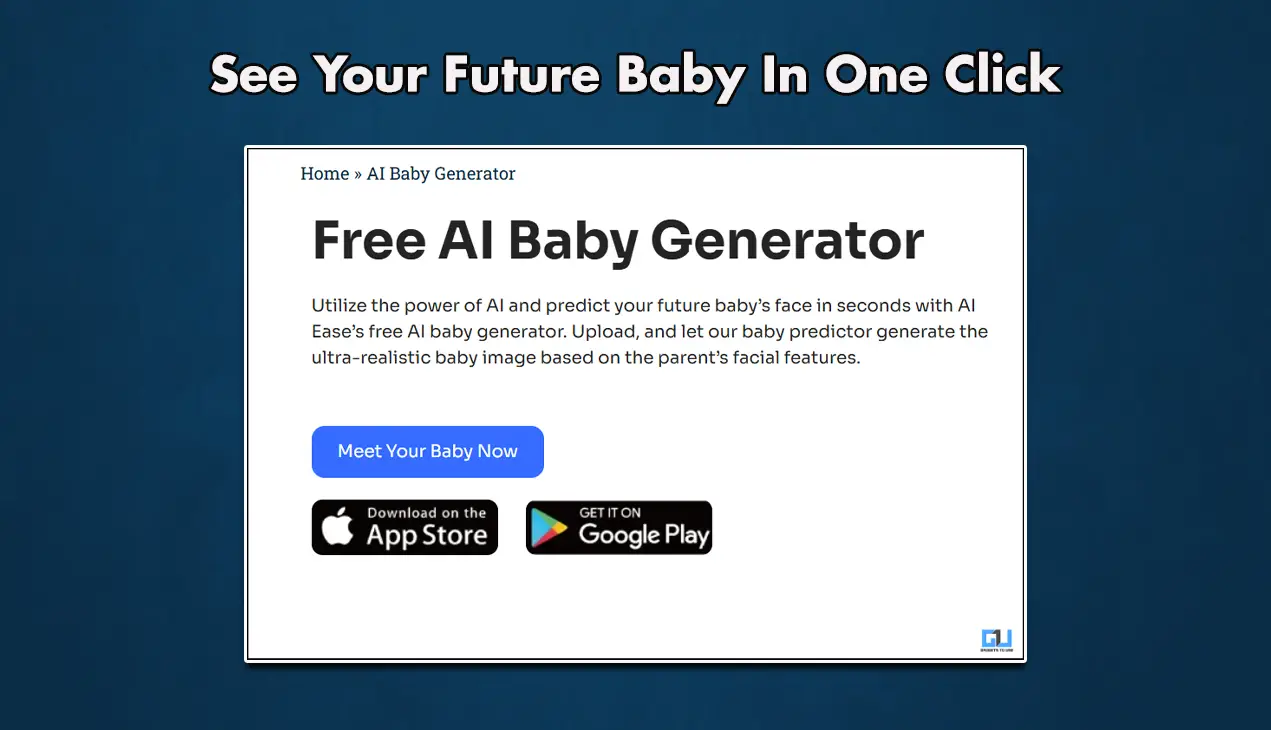


![[Fixed] Cant Open Images and Photos in Windows 11](https://gadgetstouse.com/wp-content/uploads/2024/10/Windows-11-lmages-not-opening-Fixed.png)
